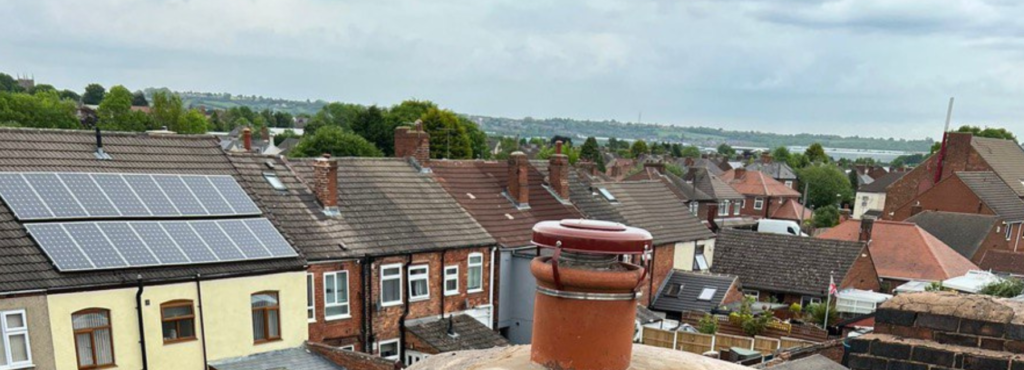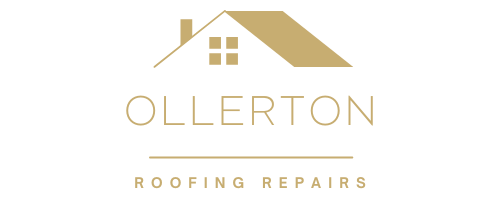Introduction: In the world of architecture, a flat roof design presents unique opportunities, especially when it comes to enhancing natural light within a building. Natural light not only reduces reliance on artificial lighting, saving energy and costs but also boosts the mood and health of the occupants. Designing flat roofs to maximise natural light involves a strategic approach that includes using skylights, light wells, and reflective materials. This blog post explores how to effectively design flat roofs to enhance natural light penetration, drawing from innovative architectural practices and materials.
Strategies for Maximising Natural Light
- Incorporating Skylights
- Purpose and Placement: Skylights are one of the most effective tools for introducing more natural light into spaces directly beneath a flat roof. Placing skylights strategically where natural light is needed most, like over workspaces, living areas, or dark corridors, can transform the interior ambience and utility.
- Varieties of Skylights: There are various types of skylights to consider, such as fixed skylights for constant light, vented skylights that can open to allow fresh air, or tubular daylight devices (TDDs), ideal for smaller spaces.
- Installing Light Wells
- Design Considerations: Light wells, also known as sun tunnels, effectively channel daylight into the deeper areas of a building where skylights cannot reach. These are especially useful in multi-story buildings with flat roofs.
- Aesthetic Integration: Besides their functionality, light wells can be designed as aesthetic features, incorporating reflective surfaces to enhance light diffusion and create visual focal points within the building.
- Using Reflective Materials
- Reflective Roofing Materials: Choosing roofing materials with high solar reflectance indexes (SRI) can help reflect the sun’s rays, increasing ambient light around the building. Materials like white PVC or TPO membranes are excellent for reflecting sunlight.
- Interior Reflectivity: Using reflective paint and strategically placed mirrors inside the building can further enhance the distribution of natural light entering through skylights and light wells.
- Designing with Clerestory Windows
- Architectural Integration: Clerestory windows can be incorporated into the wall design below the roofline. These high windows allow light to penetrate deeper into the space while maintaining privacy and wall space for storage or artwork.
- Thermal and Light Control: With modern glazing technologies, clerestory windows can also help control heat gain and loss, making them a practical addition to energy efficiency and light enhancement.
- Optimising Roof Layout
- Strategic Planning: When planning the layout of a flat roof, consider the sun’s path throughout the day and year: position skylights and other light-enhancing features in locations that maximise sun exposure during peak daylight hours.
- Avoiding Obstructions: Ensure that rooftop equipment, such as HVAC units or solar panels, is placed so that it does not cast shadows on skylights and light wells.
Benefits of Maximising Natural Light
- Energy Efficiency: Reducing the need for artificial lighting reduces energy consumption, leading to significant cost savings and a lower carbon footprint.
- Enhanced Well-being: Numerous studies have shown that natural light in buildings improves productivity, comfort, and the general health of occupants.
- Increased Property Value: Buildings with abundant natural light are more attractive to buyers and renters, often commanding higher prices and rental rates.
Conclusion: Designing flat roofs to maximise natural light is a practical approach to energy efficiency and enhances the aesthetic and functional quality of indoor spaces. By employing strategies such as installing skylights, using reflective materials, and incorporating architectural features like light wells and clerestory windows, buildings can achieve optimal light levels that benefit both their occupants and the environment. As we strive for sustainable and healthy living spaces, the role of thoughtful roof design in natural light enhancement cannot be overstated.
Call us on: 01623 700 885
Click here to find out more about Ollerton Roofing Repairs
Click here to complete our contact form and see how we can help with your roofing needs.

